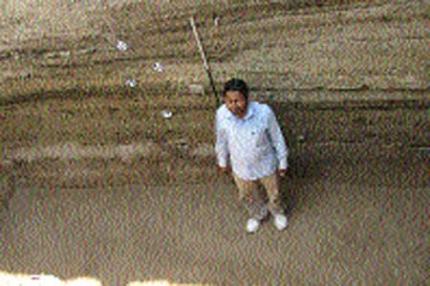OF THE
TIMES
Yet people drive on through it.
This is a really great read. Escobar sure has a way with words. "Xi, the quintessential hermetic guest, is quite sharp at reading a table - and...
Rising up will do nothing. The ones in power are already set in their minds, and will go through with their plans. No amount of protest or...
Do the people of Blighty need anymore proof that our political system is fucked along with most of our politicians. Simply put, there is no longer...
Netty looks dead already. He looks like he has lost lots of weight. Maybe, like Hitler, his time and his health is running out. Maybe there is a...
To submit an article for publication, see our Submission Guidelines
Reader comments do not necessarily reflect the views of the volunteers, editors, and directors of SOTT.net or the Quantum Future Group.
Some icons on this site were created by: Afterglow, Aha-Soft, AntialiasFactory, artdesigner.lv, Artura, DailyOverview, Everaldo, GraphicsFuel, IconFactory, Iconka, IconShock, Icons-Land, i-love-icons, KDE-look.org, Klukeart, mugenb16, Map Icons Collection, PetshopBoxStudio, VisualPharm, wbeiruti, WebIconset
Powered by PikaJS 🐁 and In·Site
Original content © 2002-2024 by Sott.net/Signs of the Times. See: FAIR USE NOTICE

Reader Comments